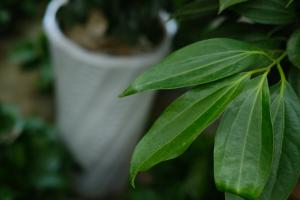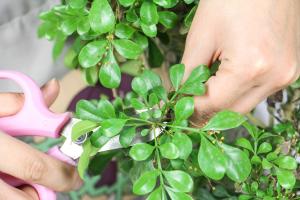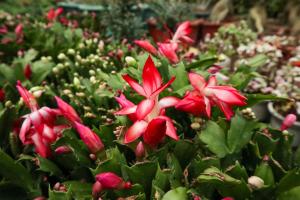Can a Rubber Tree Plant Be Outside?
Many indoor plant enthusiasts wonder if a rubber tree plant can be grown outdoors. The answer is yes, but with some considerations. Rubber tree plants are tropical and prefer warm and humid climates, so growing them outside is possible in certain locations with these conditions.
Location and Climate Requirements
If you live in an area with frost or freezing temperatures, it's best to keep your rubber tree plant indoors. However, if you live in a tropical or subtropical location with warm temperatures year-round, you can grow rubber tree plants outside. They prefer temperatures between 60 and 80 degrees Fahrenheit, and will not tolerate temperatures below 40 degrees Fahrenheit.
Rubber tree plants also require high humidity, so if your location is dry, it's important to provide frequent misting or a humidifier. If you live in a coastal area with high humidity, your rubber tree plant can thrive outdoors with minimal care.
Sunlight and Soil Needs
Rubber tree plants prefer partial shade to full sun, so plant them in a location that receives bright, indirect light. They can also tolerate some direct sunlight, but too much can cause scorching of the leaves.
The soil for rubber tree plants should be well-draining and organically rich. It should retain moisture but not become waterlogged. A mixture of peat moss, perlite, and compost works well for rubber tree plants.
Maintenance and Care
When grown outdoors, rubber tree plants require minimal care, but regular maintenance is necessary. Water the plant regularly to keep the soil moist but not waterlogged. Fertilize the plant once a month with a balanced fertilizer during the growing season (spring and summer). Pruning is also important to maintain the desired size and shape of the plant.
It's important to conduct regular pest inspections as some common outdoor pests, such as whiteflies, mealybugs, and spider mites, can damage the leaves of rubber tree plants. Insecticidal soap or neem oil can be used to control these pests.
In Conclusion
In summary, rubber tree plants can be grown outdoors in tropical or subtropical locations with warm temperatures and humidity. They require partial shade, well-draining soil, and regular maintenance to thrive. With the right conditions and care, your rubber tree plant can flourish outdoors and provide a beautiful addition to your garden or patio space.

 how many times do yo...
how many times do yo... how many planted tre...
how many planted tre... how many pine trees ...
how many pine trees ... how many pecan trees...
how many pecan trees... how many plants comp...
how many plants comp... how many plants can ...
how many plants can ... how many plants and ...
how many plants and ... how many pepper plan...
how many pepper plan...






























